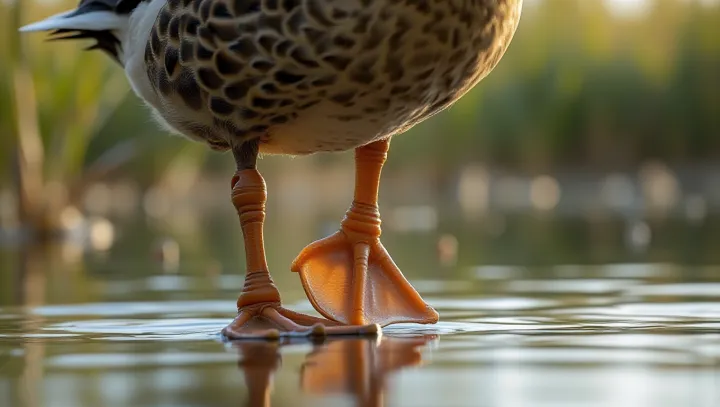Unveiling the Duck's Anatomy Secret

In a startling revelation that has shifted perspectives on avian locomotion, researchers have uncovered that ducks’ legs are uniquely positioned behind their bodies. This anatomical feature is prominently observed in the natural habitats of San Diego, where ducks are studied extensively. The positioning of their legs contributes to the distinctive waddling gait that ducks are renowned for.
This quirky movement is not merely a charming characteristic but an essential adaptation that assists ducks in their aquatic life, ensuring efficient swimming and agile movement in water. This discovery sheds new light on the evolutionary trajectory of ducks, underscoring how specific physical adaptations are crucial for survival in diverse environments. 'Understanding the anatomical structures of ducks can guide us in studying other aquatic birds,' commented Dr.
Andrew Willis, an expert in avian biology from the University of California. As climate change impacts aquatic ecosystems, knowledge of species-specific adaptations including ducks' anatomical traits becomes increasingly relevant. These insights offer a foundation for future conservation efforts aimed at preserving the ecological balance within these habitats.
